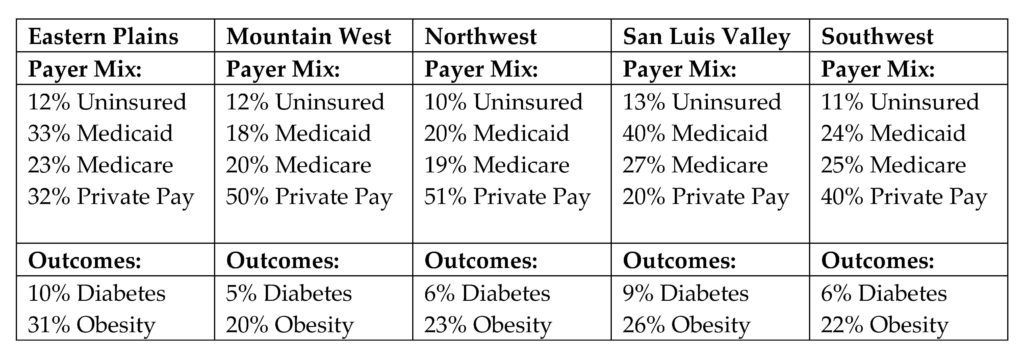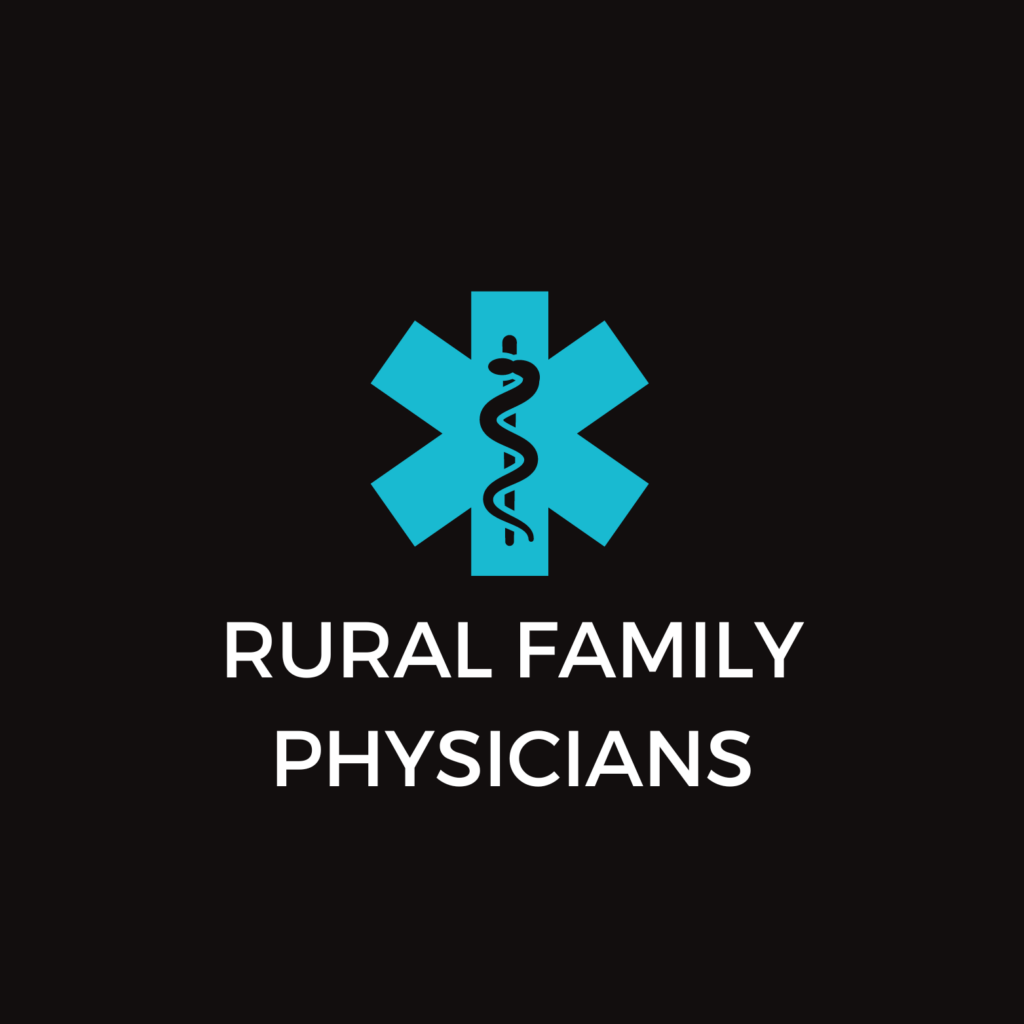CEO Update: The Snapshot of Rural Health is Here!
 Time is flying by and sometimes it feels like that old movie, Groundhog Day. Well I do know that it’s the end of February and Colorado is finally getting some much needed snow. As you might remember from the 2021 Snapshot of Rural Health , all of Colorado is in a drought. Some areas more than others and some of the “Exceptional” areas are located in rural. Hopefully the snow trend will continue as spring is nearly upon us.
Time is flying by and sometimes it feels like that old movie, Groundhog Day. Well I do know that it’s the end of February and Colorado is finally getting some much needed snow. As you might remember from the 2021 Snapshot of Rural Health , all of Colorado is in a drought. Some areas more than others and some of the “Exceptional” areas are located in rural. Hopefully the snow trend will continue as spring is nearly upon us.
At CRHC, not only are we continuing to bring you the yearly Snapshot of Rural Health, but for the third year in a row we are releasing regional Snapshots of Rural Health. CRHC has broken the state into five regions: Southwest, San Luis Valley, Northwest, Mountain West, and Eastern Plains. Within each of these regional Snapshots you’ll find demographic data, health outcomes, median income, median home price, graduation rates, mental and behavioral health, workforce data, payer mix and number of designated rural facilities.
Colorado’s rural population tends to be older, have more complex health issues, experience higher rates of poverty, increased healthcare provider shortages, fewer insurance carriers, and higher insurance costs, resulting in poorer health outcomes and reduced access to care.
For example, in reviewing the data you can see that rates of the payer mix is slightly different per region as are outcomes.
However, if you combine this information with the Snapshot of Rural Health you’ll see some counties have larger Medicare and Medicaid populations than others. For example, in the San Luis Valley and southeastern part of the Eastern Plains region, Medicare and Medicaid represents 55-87% of the payer mix. Through utilization of the data you can start to analyze the counties with the most need in these different areas. We hope that you take a deeper dive with this information and utilize the data as you talk with your communities, apply for grants, or speak with policy makers.




